Cover your hardcover books
Upd:
Table of Contents
Introduction
The modern dust jacket came into common use by the second half of the 19th century. Early dust jackets were intended primarily to protect the bindings of hardcover books, which were the decorative center-pieces of the books of the time, and were usually disposed of before sale. As economics of book publishing shifted in the first part of the 20th century, book publishers moved the aesthetic highlights from the binding to the dust jacket.
Modern hardcovers typically have paper bindings (perhaps with quarter cloth on the spine) that offer little decorative interest beyond simple lettering of the title, author, and publisher on the spine. The dust jackets are what give hardcovers visual interest on a shelf.
Unfortunately, paper dust jackets are fragile. Dust jackets left on the book while reading are easy to tear, dent, or otherwise damage unless you're careful in handling them. Some readers remove them and the jackets often either get lost, disposed of, or damaged by creases while pressed between books in a stack.
The solution to this is cover your dust jackets with a polyester cover, which prevents both mechanical (rips and tears) and UV (fading and discoloration) damage to the cover.
Materials
Brodart is the best manufacturer of dust jacket covers. Their covers are available in a variety of styles:
- Various cover heights (8ʺ to 16ʺ)
- Pre-cut lengths or rolls
- Shinny or matte surface
- Perforated height adjustment (Just-A-Fold vs Advantage)
- Built-in adhesive for closing the cover around the jacket (II vs I)
I prefer the rolls, as they can be cut to an exact width, with shinny finish in the Just-A-Fold I without the adhesive. Having rolls in 8ʺ, 10ʺ, and 12ʺ heights will suit most normal sized hardcovers. 14ʺ or 16ʺ may be useful for larger coffee-table sized books.
You will also need sharp scissors (non-stick scissors are a nice upgrade if you cut a lot of adhesive) and some sort of adhesive to tape the dust jacket cover closed. I use cloth archival tape, which is strong and acid-free, so it won't quickly yellow and become brittle. Scotch tape will also work, but will degrade over the course of five to ten years.
How to cover your dust jackets
- Remove any stickers. Naphtha and a dulled1 single-edge square razor blade will get almost any sticker off of any book.
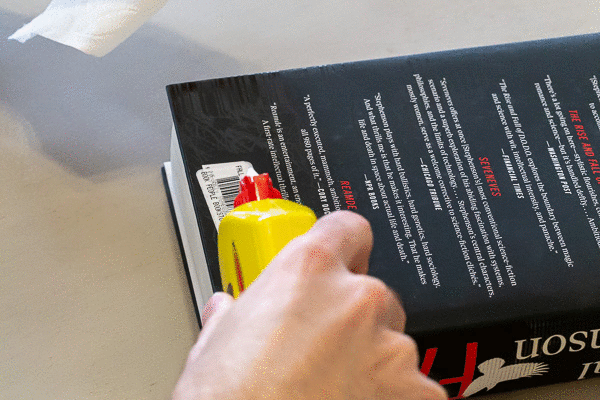
Removing a sticker from the dust jacket with Ronsonol - Clean the dust jacket so it's free of dirt and debris (Windex and a paper towel work well).
- Select a cover that's close to the height of the book. You can cut down/fold a larger cover down to fit a smaller dust jacket if needed.
- Measure the sleeve for length against the dust jacket and cut to size. Make sure the dust jacket is completely flat when you measure so you don't cut too short.
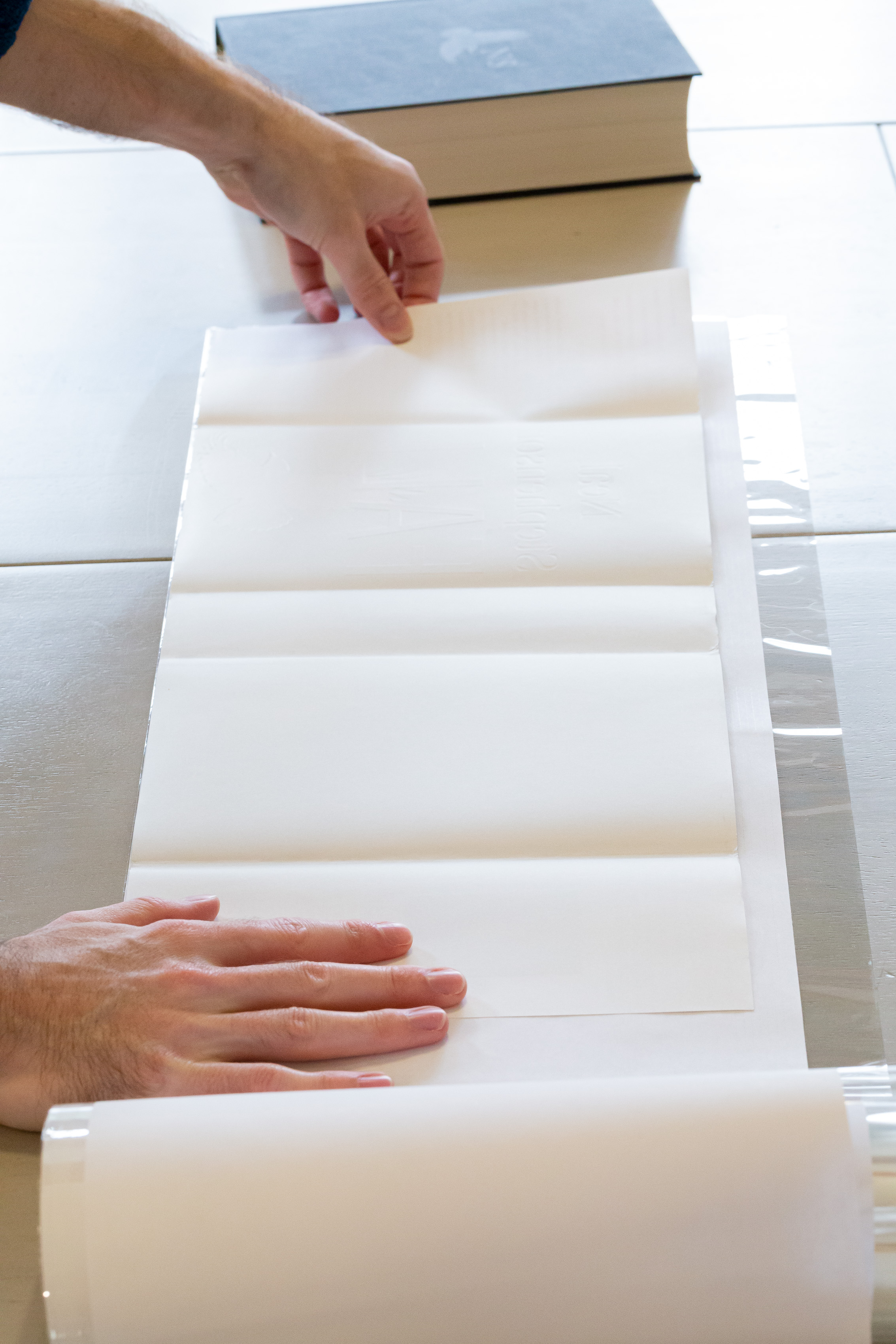
Measure the cover for length - Insert the dusk jacket into the sleeve, ensuring it's completely into the pre-folded side so you don't end up with a poor fit.

Ensure the dust jacket is all the way into the cover - Measure the backing paper against the dust jacket and either fold or remove excess material so the height matches the dust jacket. It's usually better to cut the excess, since folding may cause the jacket to stick out on that edge.
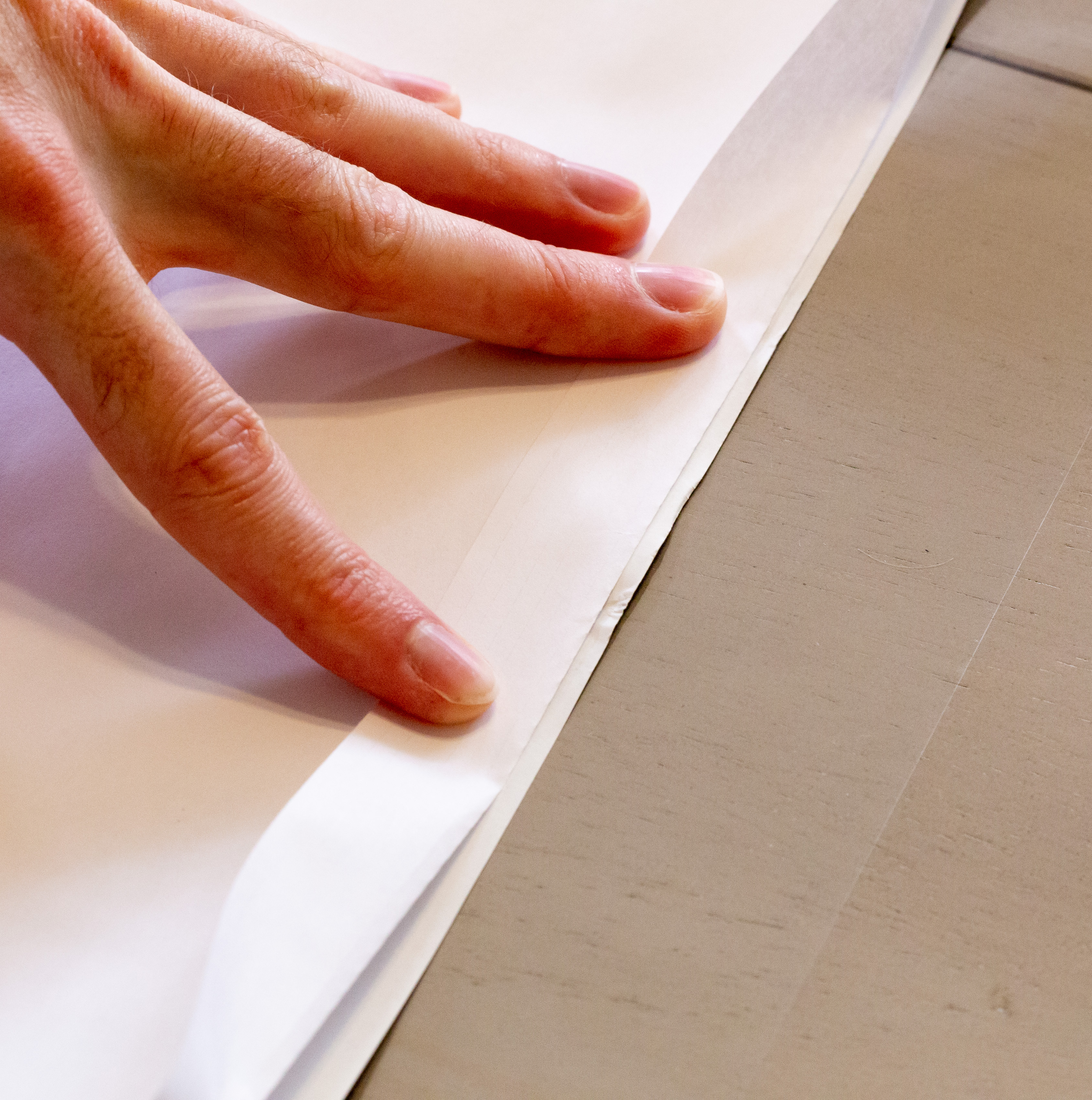
Cut the cover to match the dust jacket height - Fold the polyester portion of the cover over the back and carefully crease it along the edge of the dust jacket, making sure it's both snug and straight.
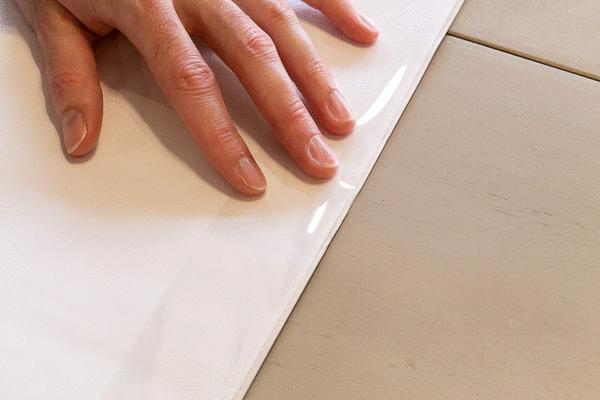
Crease the bottom edge of the polyester portion of the cover over the dust jacket - Once the edge is creased, use three pieces of tape to tape the folded edge in place.
- Put the newly-covered dust jacket back on the book!
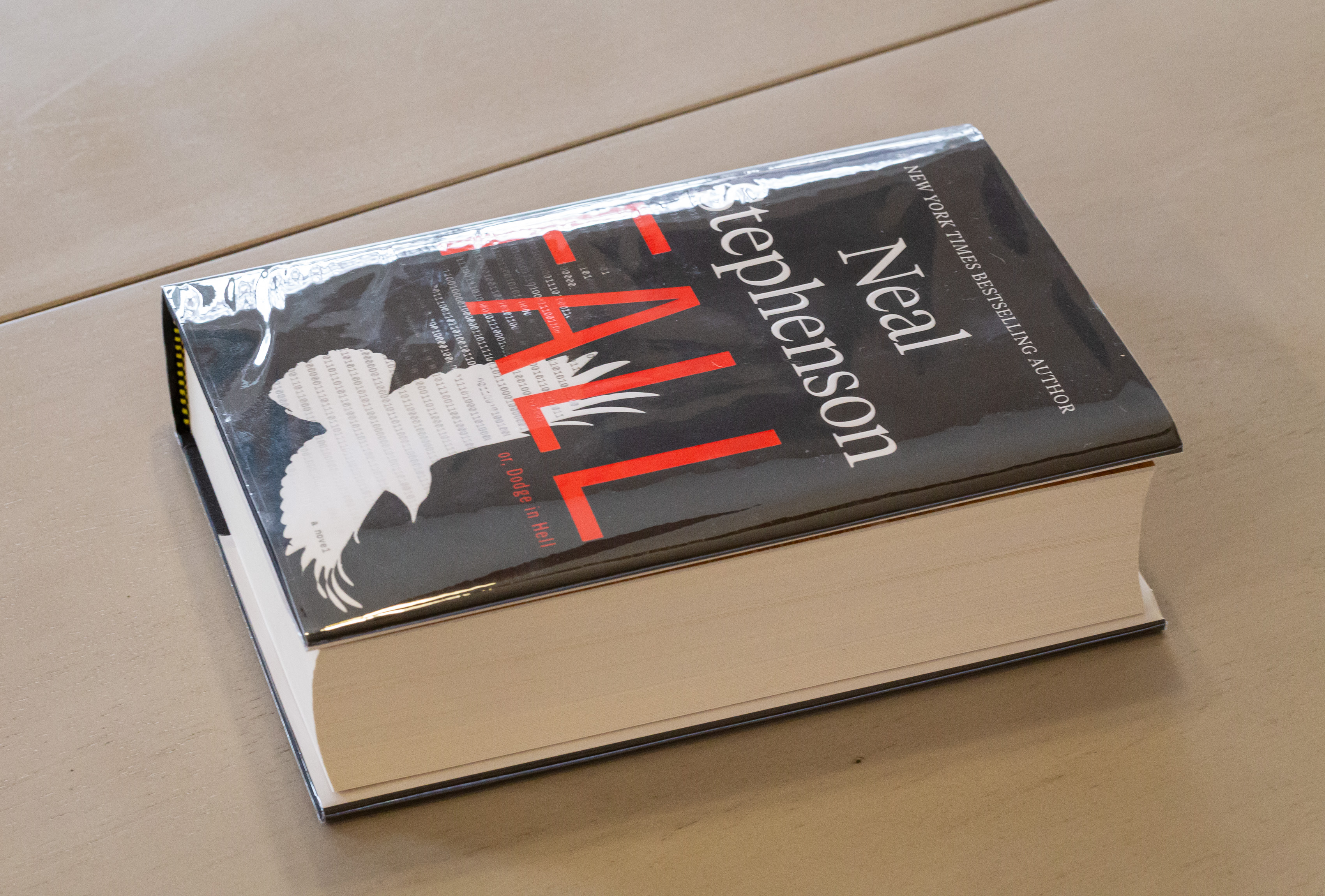
Ta-da!
Enjoy your newly shiny and durable dust jacket! The process gets easier with practice.
I cover all of my hardcovers. I think they look better on the shelf and not worrying as much about damaging them permits more relaxed enjoyment. Cost and time is a downside, and depending on the quality and condition of your collection it may not be worthwhile for you, but the quantity of quality hardcover books in circulation will likely continue to decline into the future so doing what I can to protect the ones I have is worth it for me.
-
You can dull a fresh razor blade by swiping it back and forth on smooth concrete. You want it to be dull enough that it will not cut the dust jacket when you're removing a sticker, but smooth enough to help lift the sticker off.
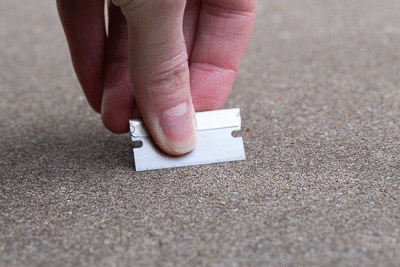 ↩
↩
